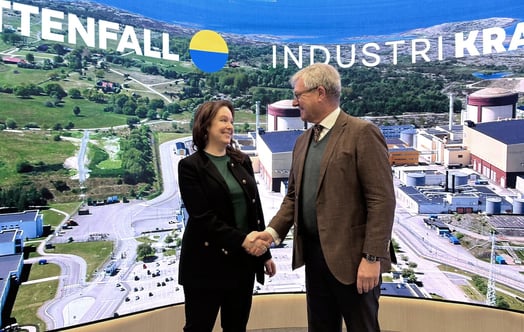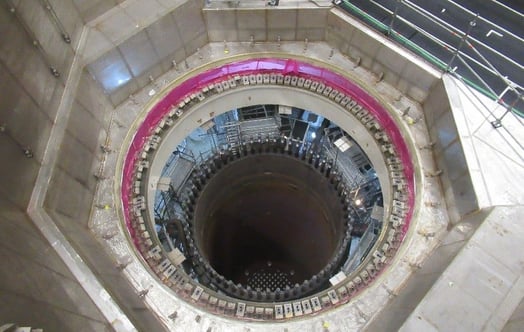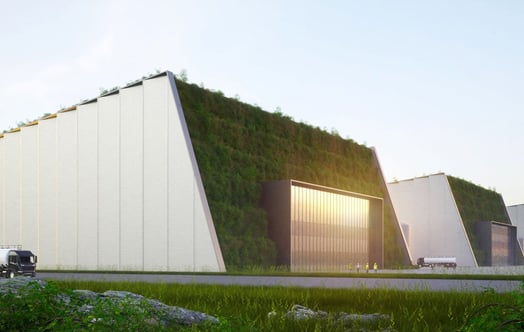Vattenfall begins feasibility study on construction of small modular reactors at Ringhals
Electricity consumption in Sweden is expected to increase rapidly over the coming decades and, for this reason, Vattenfall is working actively to find out how different fossil-free energy sources can satisfy the increased demand for electricity. As part of this work, Vattenfall is now initiating a feasibility study looking at the conditions for building at least two small modular reactors (SMRs) adjacent to the Ringhals nuclear power plant.
"We will need all fossil-free energy sources to meet the increasing demand for electricity in Sweden. SMR is a fossil-free technology that has come a long way in recent times, so we want to investigate the conditions for building small modular reactors in the vicinity of Ringhals nuclear power plant," says Vattenfall’s CEO Anna Borg.
"No investment decisions have been made but, during the spring, Vattenfall’s management team have been working on the issue of new nuclear power in Sweden. Provided that a feasibility study concludes that it would be profitable and all other conditions for a future investment decision are met, in particular, new regulations for nuclear power, it should be possible to have the first SMR reactor in operation by the early 2030s," says Anna Borg.
There is a need for more electricity generation in southern Sweden, which is why the feasibility study is focusing on the conditions for building SMRs in the southern bidding zones, primarily close to Ringhals nuclear power plant.
"Ringhals is a suitable location for new nuclear power for several reasons. On the one hand, we are allowed to replace the two shutdown reactors Ringhals 1 and Ringhals 2 within the existing legislation, and on the other hand, there is already grid infrastructure in place that makes connecting new electricity generation simpler. There's also a lot of acceptance for both existing and new nuclear power at Ringhals and Forsmark. One major advantage is also the comprehensive skill level available at Ringhals," says Torbjörn Wahlborg, head of Business Area Generation at Vattenfall.
The feasibility study will look at the central issues in order to assess the conditions for proceeding with a decision to build at least two SMR reactors adjacent to Ringhals nuclear power plant. Work on the feasibility study will start immediately and it is expected to be completed by around the end of 2023 or early 2024.
Vattenfall has already invested in a number of fossil-free energy sources, primarily wind power, hydro power and technology for energy storage in the form of hydrogen gas.
For more information, contact:
Vattenfall's Press Office, +46 8 739 50 10, press@vattenfall.com



